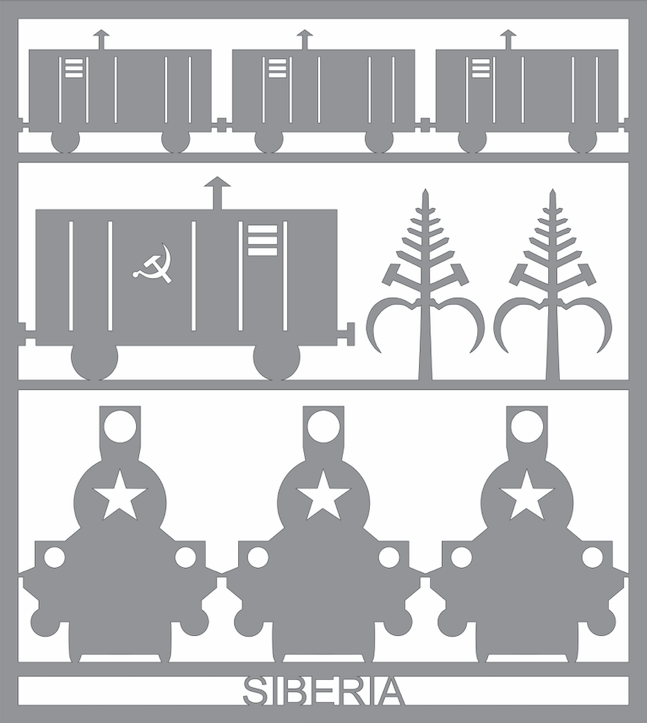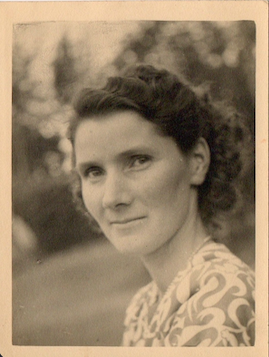‘Sculpture for me is the giving of a material gift to the being who makes (her) presence felt in my work.’
Doris Salcedo – Colombian artist

I wanted to tell the story of my family’s deportation from their home in eastern Poland to a Siberian labour camp at the start of World War II because it is not well known, even though many of the Polish people living in the UK now are here because their families suffered the same fate. My mother was 16 years old when Stalin’s troops forcibly removed the whole family – my grandfather, grandmother, mother and her four siblings – from their small farm onto cattle trucks to be taken to Siberia.
I was aware of this when I was a child, but my mother spoke about her experiences only rarely. One of her stories, that of nibbling cabbages leaves in the guards’s garden at night (camp inmates were fed only starvation rations), stayed with me and eventually inspired me to make an artwork about it (‘Cabbage Patch‘). From that, I became interested in making more images about conflict, especially images that would engage a viewer and provide space for reflection, rather than shocking visuals that can turn people away. While I hadn’t set out to make a beautiful installation, many people judged ‘Cabbage Patch’ to be so, and spent time looking at it whenever I exhibited it. Making work that would draw viewers, ‘sustain sensation’ and give them space to think became the aim for my work on conflict.

My family’s story is just one of many of forced migration, harsh treatment, and the struggle to survive, and by focusing on it, I hope to visualise the shocking, sudden rupture between a safe, comfortable home life and one in which you no longer have any control about where or how you will live – one in which all the decisions are made by people who don’t care about you.
You can read more about my family’s history in Somewhere to Stay, and you can listen to me tell my mother’s story in this podcast interview, with another descendent of Polish exiles, Josef Butler.
Biographical note
After a first degree in Botany, two years in the Solomon Islands as a volunteer teacher of science and maths, and an M.Phil in Science Education, Diana Forster pursued a career in Educational Publishing, first with Longman and then with Oxford University Press. After retiring, she decided to turn her experience and interest in drawing into a serious study of art and worked for a degree in Contemporary Fine Art at Oxford Brookes University. Since graduating with a first in 2016, she has exhibited in Oxford (Christ Church Cathedral, Wolfson College, North Wall Gallery), Warsaw, and the Art in Woodstock Festival.
